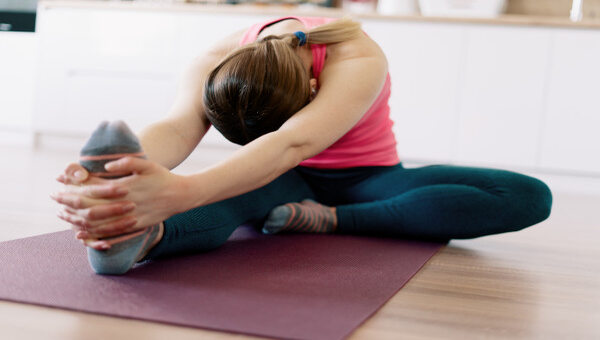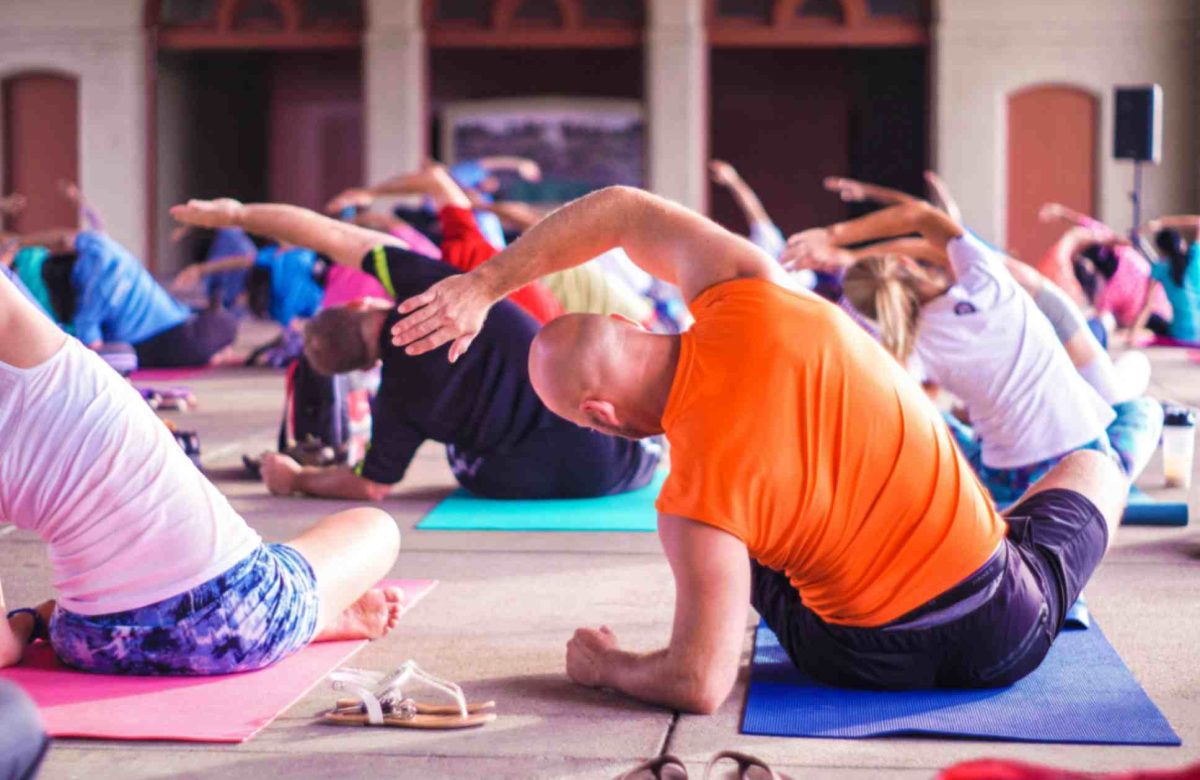How to Relieve Muscle Tension and Soreness with Stretching

Whether you’re an athlete, an office worker, or a stay-at-home parent, muscle tension and soreness are common complaints that can hinder your daily activities and overall well-being. Prolonged periods of inactivity, repetitive motions, and stress can all contribute to tight muscles and discomfort. Fortunately, stretching is a simple and effective way to alleviate muscle tension and soreness, promoting flexibility, and improving circulation. In this blog, we will explore the benefits of stretching, different types of stretches, and how to incorporate stretching into your daily routine to find relief from muscle tension and soreness.
The Benefits of Stretching
Stretching offers numerous benefits beyond simply relieving muscle tension and soreness. Incorporating stretching into your daily routine can help:
- Increase Flexibility: Regular stretching improves the elasticity of muscles and tendons, enhancing your overall flexibility and range of motion.
- Enhance Blood Circulation: Stretching encourages better blood flow to your muscles, supplying them with oxygen and essential nutrients, and promoting the removal of waste products.
- Reduce Muscle Soreness: Stretching can alleviate post-workout soreness by easing muscle tightness and promoting a faster recovery.
- Improve Posture: Stretching the muscles around the spine and shoulders can help correct poor posture habits, reducing strain on your back and neck.
- Relieve Stress: Stretching has a calming effect on the body and mind, reducing stress and tension.
- Prevent Injuries: Regular stretching can improve muscle flexibility and reduce the risk of injuries during physical activities.
Read More : How to Develop Mindfulness in the Workplace
Types of Stretches
- Static Stretches: These are traditional stretches where you hold a position for a set amount of time. Static stretches help improve flexibility and are best performed after your muscles are warmed up.
- Dynamic Stretches: Dynamic stretches involve moving your muscles and joints through a full range of motion. They are ideal for warming up before physical activity and can also be used as part of a cooldown routine.
- PNF Stretches (Proprioceptive Neuromuscular Facilitation): PNF stretches combine stretching and contracting muscles. This technique is often used with a partner and is particularly effective for increasing flexibility.
- Ballistic Stretches: These stretches involve bouncing or jerking movements and are not recommended for beginners or individuals with limited flexibility, as they can lead to injury.
Stretching Tips for Muscle Tension Relief
- Warm-Up First: Always warm up your muscles before engaging in static or dynamic stretches. Light cardio exercises like jogging or jumping jacks increase blood flow to the muscles and prepare them for stretching.
- Focus on Major Muscle Groups: Pay attention to areas where you feel the most tension and soreness. Common areas include the neck, shoulders, lower back, hips, and legs.
- Breathe Deeply: Deep, slow breathing during stretching helps relax the body and allows for a more effective stretch.
- Hold Each Stretch: When performing static stretches, hold the position for 15-30 seconds without bouncing. Repeat each stretch 2-3 times.
- Do Not Overstretch: Stretch only to the point of mild tension, not pain. Overstretching can lead to injuries and worsen muscle tension.
- Incorporate Yoga: Yoga combines stretching with mindfulness and can be an excellent way to relieve muscle tension while also promoting mental well-being.
Incorporating Stretching into Your Daily Routine
- Morning Stretching Routine: Start your day with a gentle stretching routine to wake up your muscles and improve blood flow. Focus on stretches that target areas that tend to feel tense in the morning, such as the neck, shoulders, and back.
- Workplace Stretches: If you have a sedentary job, take short breaks every hour to stretch your neck, shoulders, and wrists. Simple seated stretches and shoulder rolls can help alleviate muscle tension caused by prolonged sitting.
- Post-Workout Stretching: After exercising, perform static stretches to help reduce muscle soreness and improve flexibility. Pay attention to the muscle groups used during your workout.
- Evening Stretching Routine: Before bedtime, engage in a relaxing stretching routine to release any tension accumulated throughout the day. Focus on stretches that promote relaxation, such as forward bends and gentle hip openers.
- Incorporate Stretching Into Hobbies: Whether it’s gardening, playing a musical instrument, or knitting, take short breaks to stretch your body and avoid prolonged static positions.
Read More : How to Enhance Your Post-Workout Recovery
Conclusion
Stretching is a powerful tool for relieving muscle tension and soreness, promoting flexibility, and improving overall well-being. Incorporate different types of stretches into your daily routine, such as static and dynamic stretches, and focus on major muscle groups to target areas of tension.
Remember to warm up before stretching and avoid overstretching to prevent injuries. By making stretching a regular part of your day, you can enjoy the physical and mental benefits that come with a more flexible and relaxed body. Embrace the practice of stretching, and you’ll find yourself moving through life with greater ease and comfort.




